





Muscles of the lower extremities
Muscles of the lower extremities are located in the lower part of a trunk of the person and hips, shins and feet are divided into muscles of buttocks. Also all groups of muscles of the lower extremities are divided into two habit views – zone and free muscles.
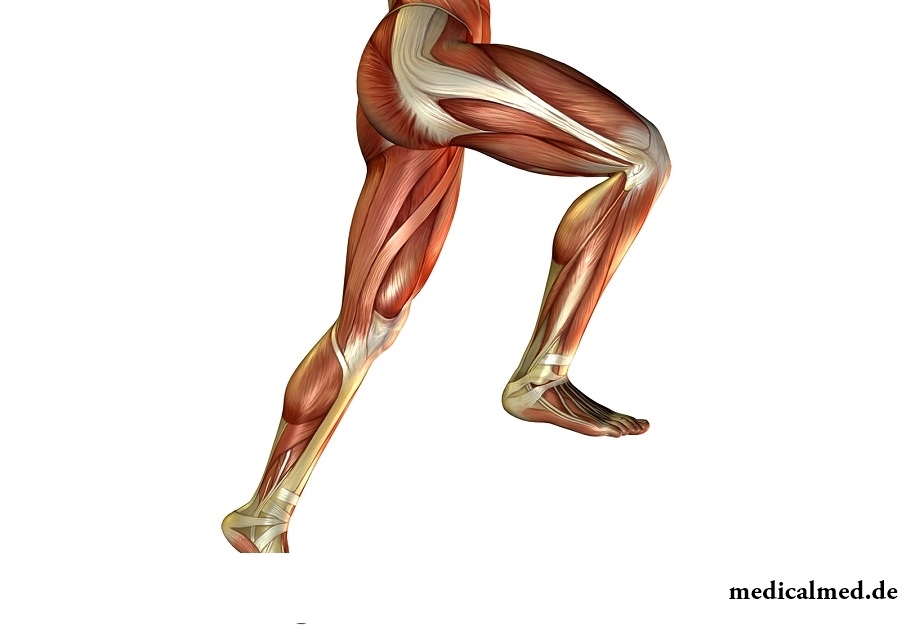
Structure and arrangement of muscles of the lower extremities
Front, back and lateral groups of muscles treat muscles of a shin. The largest is the tricipital muscle consisting of sural and kambalovidny muscles which are combined by one sinew. The tricipital muscle of a shin, thanks to the muscles, creates the main elasticity and volume of calves.
The gastrocnemius muscle of a shin represents a back biceps which has symmetrically located heads. These heads are fixed over a femur and on the middle of a shin combine in one muscle fixed on a back surface of a calcaneus.
The soleus muscle represents a wide and flat muscle which is located over a gastrocnemius muscle. This muscle of the lower extremities fastens to a fibular bone, and its bottom connects to a gastrocnemius muscle Achilles a sinew.
Back and bottom muscles of the lower extremities belong to muscles of foot. The largest bottom muscle begins from a femoral condyle and the capsule of a knee joint, and comes to an end, connecting with Achilles a sinew. Back muscles are represented by razgibatel of fingers of foot.
The main functions of muscles of a shin and foot are:
- Giving of a support to legs;
- Bending in an ankle;
- Supination;
- Bending of a knee;
- Strengthening of provision of foot.
Thanks to a tricipital muscle, the person can hold a body in vertical position.
Muscles of a hip consist of a quadriceps which is subdivided on direct, medial, average and outside wide muscles.
The quadriceps is the strongest muscle which creates the front surface of a hip. All muscles of a quadriceps meet together and form one sinew.
The direct muscle of a quadriceps has four heads and begins from an ileal bone. This muscle is located on the front surface of a hip and has narrowing by the end.
The medial muscle of a quadriceps represents a wide and flat muscle of the lower extremities which begins from the line of a hip and passes into a patella ligament. The average wide muscle is the weakest and passes on the upper surface of a hip, being attached on an intermediate muscle. The outside muscle of a quadriceps is located on the outside surface of a hip and has the flat form.
The main functions of muscles of a hip are:
- Extension of a knee;
- Implementation of an inclination of a basin;
- Bending in a hip.
The biceps which consists of two heads attached to a sciatic hillock belongs to muscles of back group of a hip. The biceps comes to an end with a sinew and grows together with a head of a fibular bone.
The main functions of muscles of back group of a hip are:
- Bending of a shin in a knee;
- Extension of a hip;
- Fixation of a basin.
Big, average and small muscles belong to muscles of buttocks. The form to buttocks is given by a big gluteus which begins from the buttock surface of an ileal bone and a tailbone. The small and medium gluteuses located under a big muscle allow to raise legs aside and give to buttocks fit look.
The main functions of gluteuses of the lower extremities are:
- Movement of a hip joint;
- Assignment of legs aside;
- Straightening of a trunk.
Injuries of muscles of the lower extremities
The most widespread injuries of muscles of the lower extremities are stretchings, partial and complete separations.
The overload of muscles of the lower extremities is the main reason for stretching. The most serious injury is the rupture of an Achilles tendon which main method of treatment is surgical intervention. Symptoms of a gap are the acute pain, a muscle immovability, hypostasis, a leg swelling. Generally the rupture of an Achilles tendon happens because of strong blow, falling or a strong overload of a muscle.
Injuries of subnodal muscles occur at intensive power exercises, falling and sharp squats. The twisting movements which can lead to injuries of subnodal sheaves and sinews are also dangerous to these muscles.
At intensive exercises there can be stretching the four-head and two-headed muscles. Therefore it is necessary to warm before loadings muscles trainings and massage.
To reduce risk of developing of injuries of muscles of the lower extremities, it is necessary to strengthen gradually these muscles sports exercises in the sparing mode. Selection of exercises is carried out in an individual order by the professional coach. Carrying out exercises, it is necessary to roll up knees elastic medical roller which will allow to avoid stretchings and ruptures of muscles.
Average life expectancy of lefthanders is less, than right-handed persons.
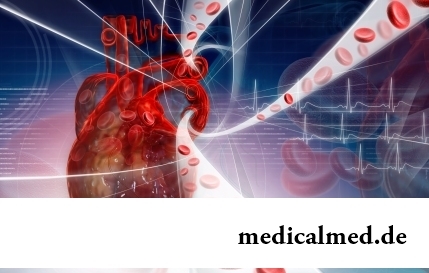
The state of health of the person in many respects depends on chemical composition of biological liquids of an organism. Specialists consider that з...
Section: Articles about health
Water with a lemon - idle time in preparation drink which supporters of a healthy lifestyle already managed to appreciate. Used in a warm look and on an empty stomach, it is one of the most useful prophylactics allowing to prevent tens з...
Section: Articles about health
Work of a brain is extremely complex and in many respects is not studied yet. It is confirmed also by the features of thought processes which are shown when the person sleeps. Let's tell about some of them....
Section: Articles about health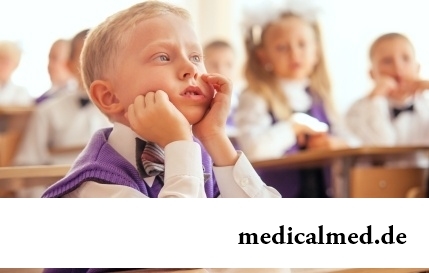
Since the moment when the child becomes a school student, his sight begins to be exposed to the strengthened loadings which are supplemented viewing...
Section: Articles about health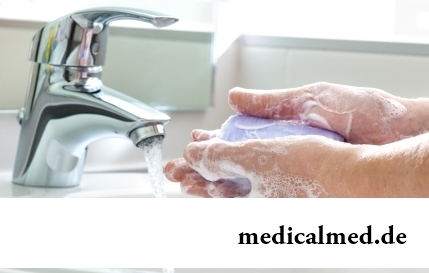
Helminthosis is one of the most widespread diseases. Statistically, any species of helminths infected every third inhabitant of the planet. Most of specialists even consider these data strongly underestimated: some uninvited "cohabitants" of N...
Section: Articles about health
Summer in the heat. Many are going to spend vacation abroad. Travelers the tender seas, rest on beaches wait, for sightseeing, campaigns on natural and cultural reserves. But, unfortunately, on vacation also problems with health can wait for us. On a foreign trip it is possible to face also diseases which not only will spoil long-awaited issue, but also will force to be treated within long months after its termination. To be insured completely from troubles of it a sort...
Section: Articles about health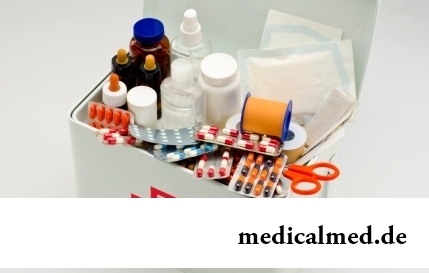
All know that self-treatment is dangerous. However absolutely it is almost impossible to do without it. Rate of modern life not on...
Section: Articles about health
According to data of World Health Organization, the cataract is diagnosed almost for 7% of the population of Earth. The statistics of incidence is considered not full as at an initial stage the illness, as a rule, does not cause to the person of special inconveniences, and many having got sick...
Section: Articles about health
Turnip, radish, horse-radish – once these and other products enjoyed wide popularity at our ancestors, being not only the food sating an organism but also the medicines curing of many diseases. Unfortunately, the use of some of them got out of fashion long ago, and once favourite plants and vegetables almost ceased to make a contribution to human health. Inclusion of such products in a modern diet − an effective measure of prevention and treatment of diseases which seldom suffered...
Section: Articles about health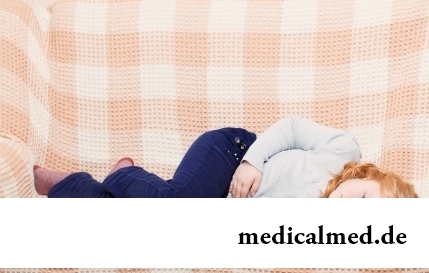
Epilepsy is one of widespread neurologic diseases. To parents, whose children suffer from this illness, it is necessary...
Section: Articles about health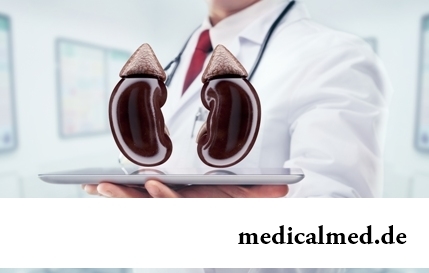
Kidneys perform the most important function of clarification of blood from those products of metabolic processes which cannot be used by an organism for obtaining energy and construction of new cells. With the urine produced by kidneys from a body of the person bulk is removed...
Section: Articles about health
Residents of big cities quite often have a disease which is known as the syndrome of chronic fatigue (SCF) today. This illness affects the people belonging to various social and demographic groups and living on all continents. Most of all SHU are subject women aged from 25 up to 45 years. Statistically, the number of cases fluctuates in the different countries from 10 to 37 people on 100 thousand, but specialists believe that these figures are significantly underestimated as people, страдающ...
Section: Articles about health
Any person who faced a disease knows that treatment costs expensive. It belongs also to consultations qualified the specialist...
Section: Articles about health
Zone hypostases under eyes - very widespread problem giving to people is a lot of inconvenience. Hypodermic fabric in these parts has very loose structure and almost does not contain collagenic fibers. Besides, the skin covering подглазья constantly is exposed...
Section: Articles about health
Statistically, pathologies of a thyroid gland in the world more than 500 million people have. Failures in work of this body lead to heavy disbolism, development of heart diseases, vessels, a reproductive and nervous system. In hard cases excess or insufficient production of the main hormones of a thyroid gland (thyroxine and triiodothyronine) leads to essential decline in quality of life and disability....
Section: Articles about health
The depression not without reason is considered one their main troubles of our century: for scientific and technical progress, acceleration of rate of life and a surplus...
Section: Articles about health
80% of women at least once to lives complained of discomfortable feelings to breasts, consolidations and nagrubaniye. These are mastopathy symptoms. The mastopathy is characterized by change of a ratio between ferruterous and connective tissue tissues of mammary glands. It can bring...
Section: Articles about health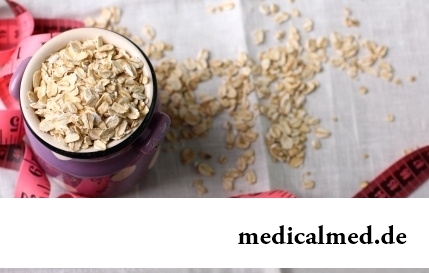
The list of stereotypes of which, apparently, all know strongly includes following: British surely eat porridge for breakfast. Perhaps, not all modern residents of Britain arrive quite so, but for those from them which continue to follow this tradition, it is possible to be glad sincerely: oat flakes are a product which regular use not only helps the person to keep force and beauty long. Porridge in a special way influences an organism, protecting it from seriousness...
Section: Articles about health
The fatigue, sleep debt, disturbances of food, bad mood, vagaries of the weather – all these circumstances badly are reflected in our vn...
Section: Articles about health
Life activity of one-celled fungi of the sort Candida, related to yeast is a proximate cause of development of candidiasis (milkwoman). Normal these microorganisms are a part of the microflora living in an oral cavity and intestines of most of people, and that...
Section: Articles about health
From the failure of work of immune system which is shown in the form of an allergy, statistically, more than 40% of the population of the globe suffer. In most cases pathological reactions cause the substances which are contained in food stuffs, hair of animals, medicines, goods of household chemicals, cosmetics, pollen of plants, etc. On the one hand, the disease such is capable to spoil quite thoroughly to the person life....
Section: Articles about health
Olive oil – the product capable to make a powerful contribution to health of the person if it includes it in the diet. Rich vitamin...
Section: Articles about health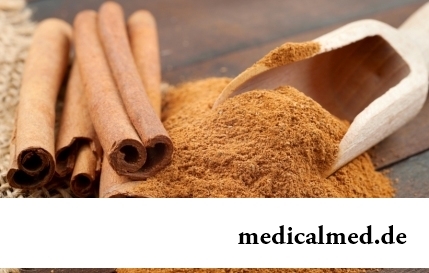
Ayurveda - the most ancient tselitelsky practice which came to us from India. It represents the doctrine about maintenance of physical, psychological and moral health of the person by means of the complex of procedures including a diet, cleaning of an organism, respiratory упр...
Section: Articles about health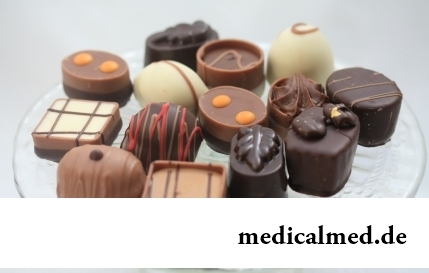
Urogenital candidiasis (milkwoman) – a fungal infection which annoys unpleasant feelings in the field of generative organs, being followed by white curdled allocations, an itch, discomfort during an urination, pain. She is called by Candida fungus – the opportunistic organism living on mucous membranes of an organism....
Section: Articles about health
All the known slogan "Protect Men!" arose not from scratch. In a sense, the nature created representatives of strong...
Section: Articles about health
Separate food - the system of meal based on digestion physiology which is carried to improvement methods. According to nutritionists, the separate use of the carbohydrate and proteinaceous products demanding different conditions of assimilation helps to get rid from Bol...
Section: Articles about health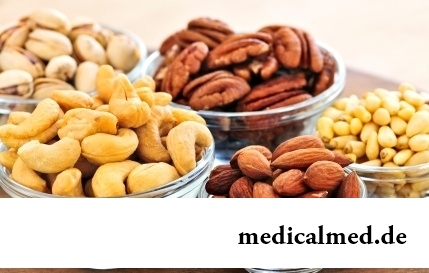
When overcomes feeling of hunger, and an opportunity to have dinner fully is absent, having a snack − the meals, small on volume, stabilizing sugar level in blood comes to the rescue. The relation of nutritionists to having a snack more often negative, but only because as snack people choose the most caloric products with the increased amount of "bystry" carbohydrates: cookies, rolls, chips, candies. Nevertheless, the advantage of having a snack is obvious to weight loss: the person avoids strong feeling of hunger...
Section: Articles about health
